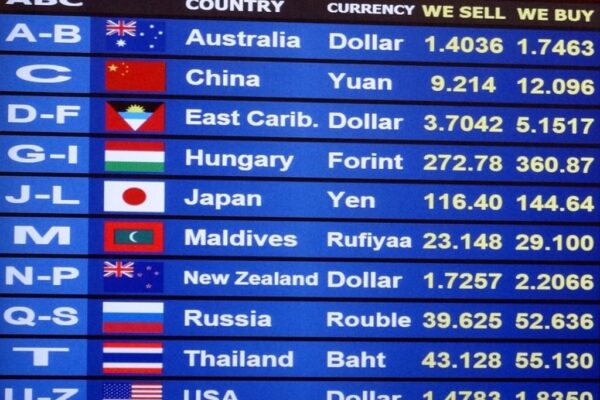For Customs purposes, when importing cargo into Australia, the Valuation Date for applying the rate of exchange on the import entry has long been subject to finding out the date at the place of export. Where goods are packed in a container, the day of exportation is the day the container leaves the place where it was packed.
The importer may not be aware of this date and unable to provide the information at the time their licenced broker lodges the import declaration to Customs. In lieu of having this information at hand, the ‘shipped on board the vessel date’ as shown on the bill of lading is used. Â
The Australian Border Force (ABF) has now issued an advice notice (CAN 2020/08) clarifying the position and requirements in using ‘shipped on board’ date, to better assist importers and Customs brokers. Following is some of the information provided in that notice.
When goods imported into Australia are invoiced in a foreign currency, that invoice amount must be converted to Australian dollars using the prevailing rate of exchange for that particular currency on the day of exportation.
The day of exportation in relation to imported goods is defined in subsection 161J (4) of the Customs Act. This definition provides that the day of exportation is the day the goods left the place of export; or if posted, the day the goods were posted.
For goods packed in a container, the day of exportation is the day the container leaves the place where it was packed. If, however, the owner/importer does not know that date, the date on the bill of lading will be accepted as the nearest known date.
For goods that are not containerised, the day of exportation is the day the vessel or aircraft departs from the port or airport at which they were loaded for export to Australia.
“Place of export” in relation to imported goods, means:
For containerised goods, the place where they were packed in a container in the country of export;
For goods posted to Australia: the place where they were posted;
For other goods exported from a country by sea or air: the place, or first place, in that country where the goods were placed on board a ship or aircraft for export from that country.
Each working day the Reserve Bank of Australia (RBA) transmits a schedule of the prevailing exchange rates for 28 selected countries to the ABF. This prevailing exchange rate is then determined by the ABF to be the ruling rate of exchange for that particular foreign currency.
As licensed Customs Brokers and International Freight Forwarders, Colless Young offers you correct, professional advice on your imports, and attends to Customs Clearance on your behalf. We are based in Brisbane and handle cargo, both import and export, at all major ports and airports around Australia.

